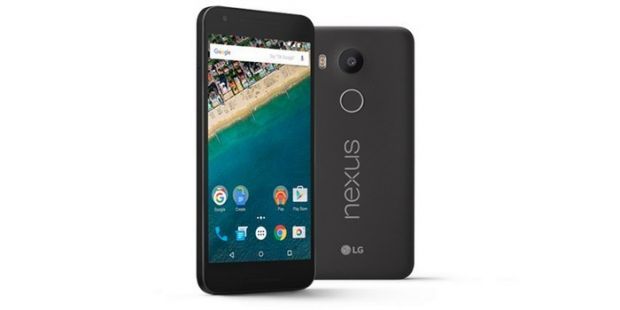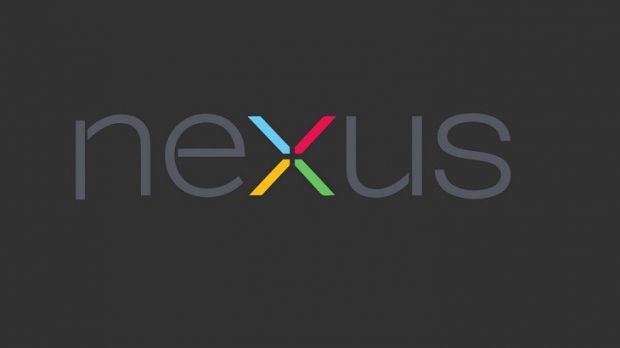Google has just launched two new Nexus smartphones, which have made a debut into the world as the Nexus 5X and the Nexus 6P, providing us yet again with some decent hardware. But once upon a time, the Nexus lineup had another role to fill, it was meant to showcase what new iterations of Android were capable of, to highlight progress.
But not anymore. Now Nexus devices are just relatively affordable smartphones that pack good hardware specifications. There’s nothing exclusive to them at this point. So the question arises: with its prime purpose dissolved, is there a point for the Nexus lineup to keep going forth? Our answer might not be to some Nexus fans' liking.
Just look at the newest Nexus smartphones, the Nexus 5X and Nexus 6P. While they are both great devices, they are nothing one couldn’t get outside the Nexus family. Actually, their hardware configurations are pretty similar to what a lot the models we have seen launch in recent months bring to the table.
No new hardware or new features to show
The two models feature FHD and QHD resolution displays, but that’s nothing new, and they rely on the same Snapdragon 808 and Snapdragon 810 we have seen fuel this year’s flagships.
The cameras on the new Nexuses (particularly the Nexus 6P) have been improved, but premium handsets like the Samsung Galaxy S6, LG G4 or Motorola Moto X Style already have excellent rear shooting equipment.
Fingerprint scanners and USB Type-C ports are pretty cool additions, but let’s face it, Google is not the first company to offer handsets bundling these functions. Fingerprint scanners have actually been available for quite some time, but only now has the search giant launched models taking advantage of this function. Which is pretty late in the game.
Microsoft is also gearing up to release a smartphone duo with Windows 10 Mobile on board that actually looks like the Nexus 6P/Nexus 5X on sheet. But at least Redmond’s devices do have some features that might help them stand out from the crowd, like iris scanning or a microSD card slot (which the Nexus devices lack).
Now consider pricing. Back when the older Nexus devices were launched, if you wanted to buy a flagship-level smartphone, you had to pay a lot of money. Not with Google devices like the Nexus 4, which could have easily been purchased off contract by most folks.
But today every device manufacturer is working to make their devices feel more premium, bundle better specs and sell for less. Sure, Samsung and Apple are still keeping their products on the pedestal, but companies like Motorola, Xiaomi or OnePlus are spurting out affordable flagships with amazing specifications.
Also, consider this. There was a time when the Nexus platform was used to showcase Android features, and the rest of the mobile world had to wait quite a lot to be able to have a taste of the latest version of Android.
New versions of Android are pushed relatively fast to non-Nexus devices
But this is no longer the case. Immediately after Google launches a new software iteration, some device makers like Motorola hurry to snatch the update and offer it to their respective products. Sure, some OEMs like Huawei or ASUS are notorious for taking their sweet time in doing so, but the updating process is a lot faster than before.
For example, Motorola already announced which of its smartphones will be getting Android 6.0 Marshmallow, so we can expect the new build to start rolling out pretty soon.
On top of that, Android has matured. Before Ice Cream Sandwich, Android was a big mess: buggy, slow and aesthetically unappealing. That’s what triggered Samsung, for instance, to tweak Android and create its own TouchWiz interface.
But not anymore, Android looks and feels good now. So Google doesn’t need a platform where to showcase its features anymore. On top of that, there are other device makers who offer the almost stock Android experience. For example, Motorola has announced that it will offer less bloatwear on its phones with Android 6.0 Marshmallow.
Google has reached a completely different phase, as it is working hand in hand with Android partners to make sure everyone gets timely updates. So Google might consider advancing towards other categories and produce a Nexus laptop maybe?

 14 DAY TRIAL //
14 DAY TRIAL // 

